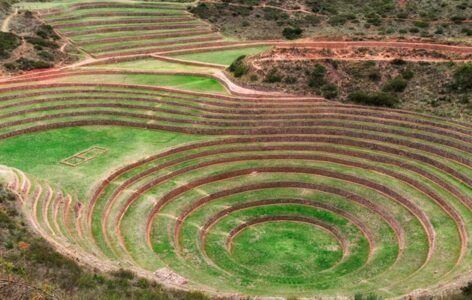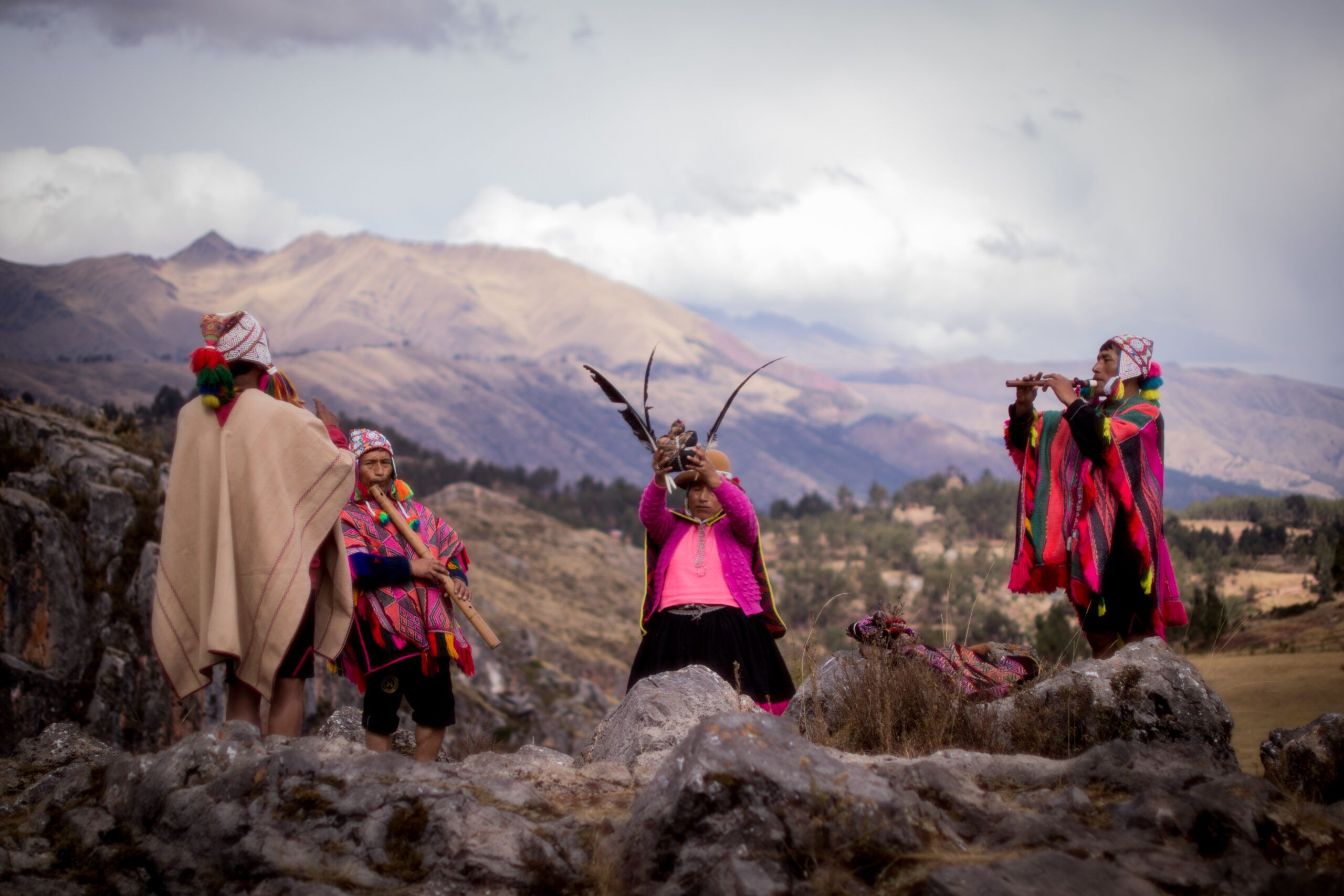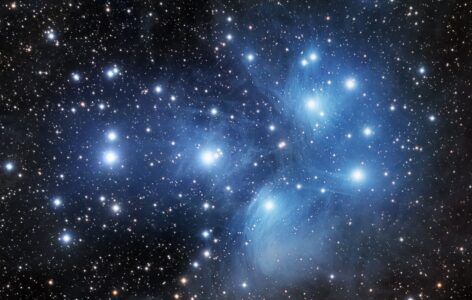In the Andean highlands, time does not simply pass—it breathes. The rhythm of life follows the cosmic balance of the Sun, Moon, and stars, marked by powerful turning points: the solstices (Inti Raymi and Qhapaq Raymi) and equinoxes (Pawqar Raymi and Killa Raymi).

These are not abstract dates; they are living gateways through which the Andean world aligns with the energies of the cosmos. In Andean medicine, these celestial moments are opportunities for cleansing, renewal, and rebalancing the body and spirit.
The Andean Calendar vs. the Western Calendar
Unlike the Western calendar, which divides the year into months with little connection to nature’s cycles, the Andean calendar (pacha unay) is rooted in agricultural and cosmic events. It aligns human activity with the movements of the Sun and the energies of the land.
- Solstices mark extremes: the longest day or night, representing times of culmination and renewal.
- Equinoxes mark balance: equal day and night, representing harmony and preparation for change.
The Four Festivals and Their Balance Significance
- Inti Raymi (June Solstice)
- Celebrates the rebirth of the Sun during the Andean winter.
- Healing focus: Receiving new energy and nourishing the spirit after the longest night.
- Rituals: Despachos to honor Inti, ceremonial fires to awaken vitality.
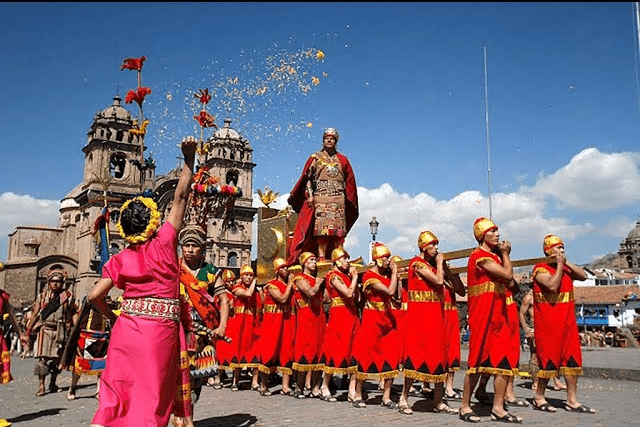
- Pawqar Raymi (September Equinox)
- Festival of Flowers, honoring spring in the Andes.
- Healing focus: Planting intentions for the new cycle, renewing commitments to ayni (reciprocity).
- Rituals: Flower offerings to Pachamama, personal cleansing in rivers or springs.
- Qhapaq Raymi (December Solstice)
- Time of great light, marking the summer in the Southern Hemisphere.
- Healing focus: Illumination and clarity, releasing what no longer serves.
- Rituals: Sun meditation, coca leaf divination to receive guidance.
- Killa Raymi (March Equinox)
- Moon Festival, honoring the feminine principle.
- Healing focus: Balancing inner energies, nurturing emotional well-being.
- Rituals: Moonlight vigils, offerings of silver-colored items or seeds.

Cosmic Balance Medicine: Why These Dates Matter
Andean healers (paqos) see solstices and equinoxes as times when cosmic doors open, allowing energy to flow more freely between the three worlds (Hanan Pacha, Kay Pacha, Uku Pacha). The energy of these days acts like a natural amplifier, making rituals, intentions, and healings especially potent.
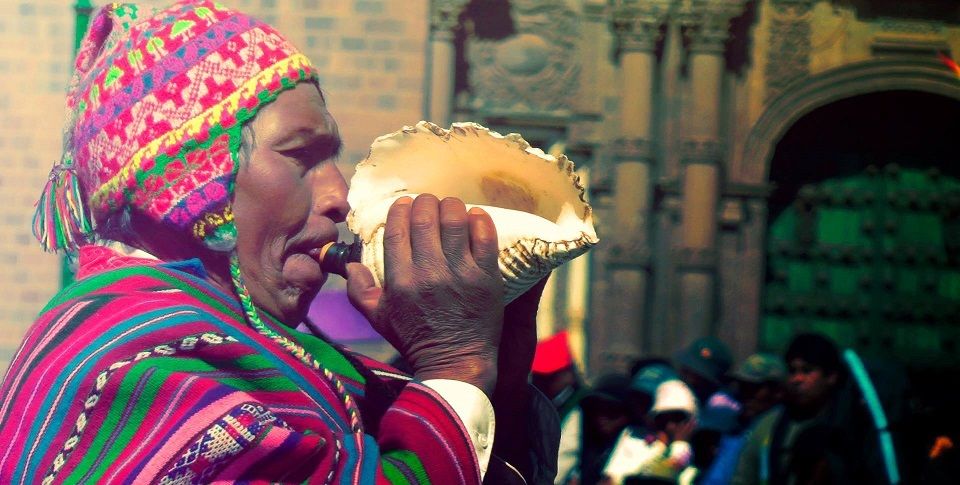
As anthropologist Inge Bolin writes, “The people of the Andes live not in a landscape, but in a sacredscape—one shaped by cosmic rhythms” (Bolin, 2006, p. 78).
Practicing Balance the Andean Calendar Abroad
Even outside the Andes, you can align with these cosmic gateways:
- Mark the dates of solstices and equinoxes in your local time zone.
- Connect with nature—find a place where you can see the sunrise or sunset.
- Create a simple offering—flowers, seeds, or three harmonious leaves (as a symbolic k’intu).
- Meditate or breathe consciously during sunrise or sunset, focusing on your intention for the season.
The essence is to synchronize your personal cycle with the larger cosmic rhythm, just as Andean communities have done for centuries.

References
- Bolin, I. (2006). Rituals of Respect: The Secret of Survival in the High Peruvian Andes. University of Texas Press.
- Zuidema, R. T. (1982). Inca Observations of the Solar and Lunar Passages. In A. F. Aveni & G. Urton (Eds.), Ethnoastronomy and Archaeoastronomy in the American Tropics. New York Academy of Sciences.
- Allen, C. J. (2002). The Hold Life Has: Coca and Cultural Identity in an Andean Community. Smithsonian Institution Press.

